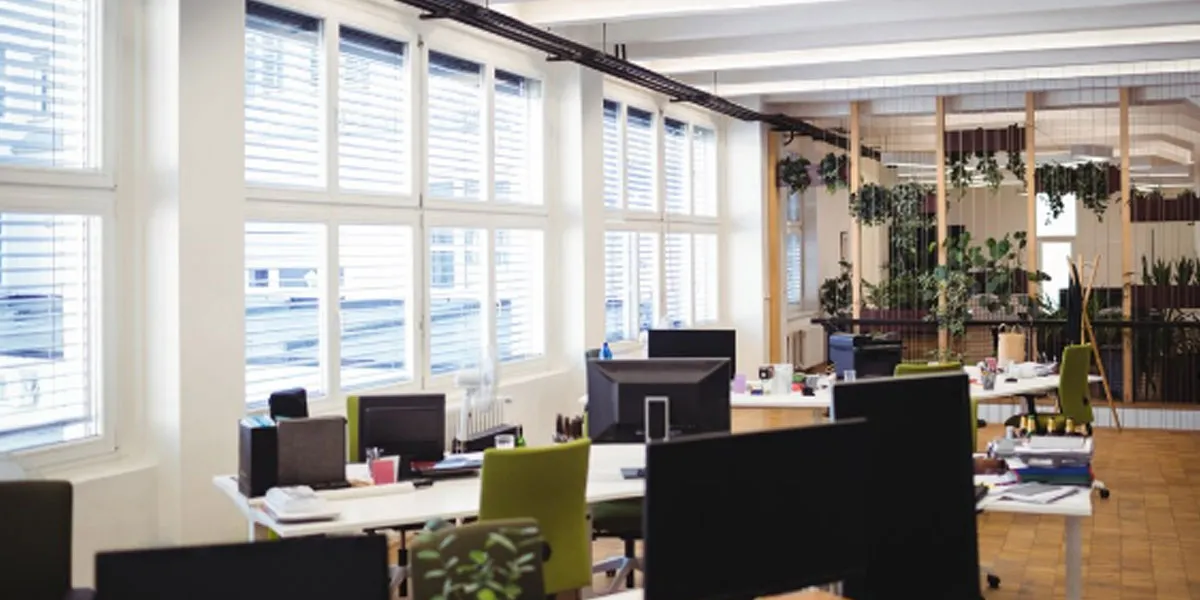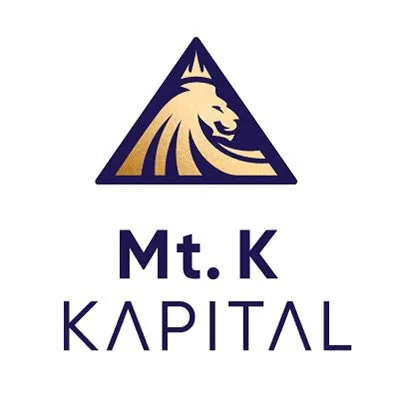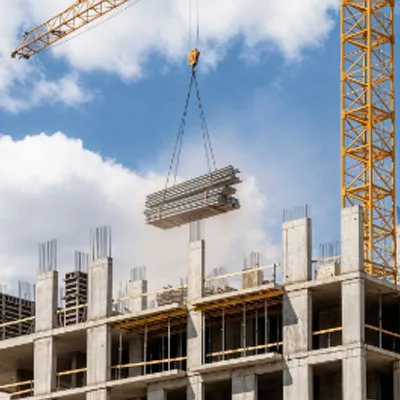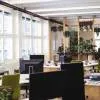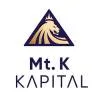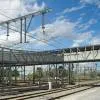As the world begins to unlock gradually, and workplaces, commercial areas and public places reopen, there are several concerns and changes that need attention. There is universal cognizance of the fact that COVID-19 is not going away anytime soon and hence the way forward for the world is to prevent the virus from affecting people while resuming the economic flow as much as possible.
With offices reopening and employees returning to the workplace, businesses and management are taking various steps to keep their employees safe from the pandemic. The changes are also necessary to instill confidence in employees about a safe return to work. A recent Space Matrix study revealed that more than 84 per cent of employees miss being at the office. Over 57 per cent of the employees believe that the collaborative work environment at the office makes them more productive. The study also revealed that most businesses aiming to resume office operations also have the health and safety of employees as their topmost priority. Even as everyone embraces the new normal, the need of the hour is for office design that integrates social distancing norms and hygiene standards.
To support the businesses and ensure a smooth transition to the new norm, Space Matrix has created the WORKPLACE REBOOT PROGRAMME which is a tool kit based on 5 key service offerings that help us craft bespoke solutions for the clients. The aim is WORKPLACE READINESS, the process of the organization’s return to the office safely and WORKPLACE REDEFINITION which is the process of their transition to the new normal either in a new office or the old facilities. This holistic programme accounts for 5 major employee concerns regarding return to work and addresses them by applying the Five-Point Path of design solutions.
Safe collaboration alongside social distancing
Employers need to ease employee trepidation through smart space planning. Instead of everyone working the same shift, they can alternate or stagger their teams and bring down the headcount by 20 per cent to 50 per cent. With a reduced number of employees on-site, they will have the freedom to tweak the sitting arrangements. Hot desking and ergonomic sitting will help in the optimal usage of the available space. The system of having an unmarked seating policy will ensure that all desks will be empty by the end of the day and cleaning will become much easier.
Another innovation would be the creation of self-sufficient neighborhoods. Each team will be assigned to a single neighborhood which will ensure that there will be less need for people to move across the office frequently. There could be some shared zones and individual workspaces that will be accessible via a single and secure corridor having sanitizer stations and thermal checkpoints.
Meeting rooms will undergo a transformation. Unlike the convention of chairs huddled around one large conference table, the better option would be to place seats along the periphery of the room with a mandatory distance between each chair. Further, things like movable screens, partitions and standees can be used to separate various collaborative spaces.
Concerns related to common touchpoints
Surface contamination is a major point of concern for all since multiple people would come in contact with common touch points such as doors, light switches, tabletops and so on. This concern can be allayed through antimicrobial agents and paint and materials on walls, ceilings and floorings to create a much safer indoor environment. Alternatively, the transfer of microbes can also be limited by using standees or flexible partitions between different areas and neighborhoods apart from regular sanitization. Contact can also be limited through touchless technology.
Crowd and contingency management
The employees will be rightly concerned about the challenge of managing unforeseen crowds. Despite reduced headcount presence and enhanced cleaning, there could still be situations that would be unpredictable and uncontrollable. The focus should, therefore, be on digital crowd management systems, sensor-based equipment, and the ability to maneuver the office in a contact-less fashion. Another trend that has already caught up in a big way is the ‘work-from-home’ culture. It will be an integral part of the strategies and components of innovation/creativity. It is not going to replace conventional office work but augment it in a much bigger way.
Adherence of safety protocols by others
For the on-premise workforce to adhere to safety protocols, there will be a need for cross-organization culture and behavioral change will have to be brought about. This can be achieved by extensively using graphics, floor markings, and catchy signage that will constantly remind people to adhere to social distancing norms. Clear demarcation of entry/exit points in high-traffic areas will ensure a unidirectional flow of people. Teams will need to be sensitized about best practices related to hygiene and why it is a must to follow those practices.
Eliminating insecurities about the return to the workplace
The long spell of isolation, uncertainty about the future, increased responsibilities at home and various other factors can cause a lot of anxiety and stress among employees. There is thus a need for sustainability and wellness solutions that can bring about a sense of calm and peace. It has been scientifically proven that integration of biophilia elements is physiologically and psychologically beneficial. Extra greenery and plants can be added to the interiors especially the indoor air purifying plants. Other de-stressing elements such as soft music, natural sounds such as gushing water, bird calls and jungle sounds coupled with aromatic fragrances can turn the workspace into a relaxed, comfortable and productive area.
After having spent months in the stressful environments of home isolation, such rejuvenating and hygienic workspaces would go a long way in reviving the productivity and the morale of the employees!
About the Author:
Priyanka Bhat is Director- Business Operations at Space Matrix, India. She began her career as an architect in 2002 in Bengaluru, working on small-scale projects including private residences and institutional buildings. From 2003 onwards, Bhat has focused on workplace/ office design. She moved to Hyderabad in 2007 and joined Space Matrix. As a designer, she has grown in experience in working on some large scale projects, which has strengthened her capability in handling them from conceptual design, schematic presentation, design development and technical drawings through site completion.
